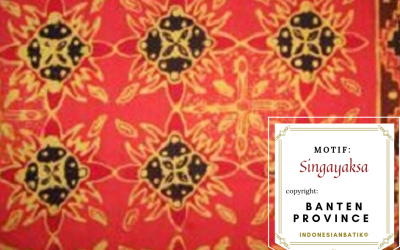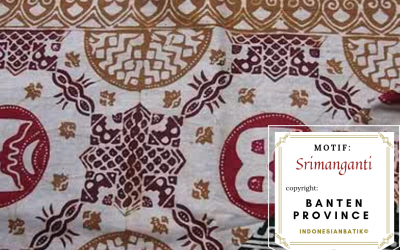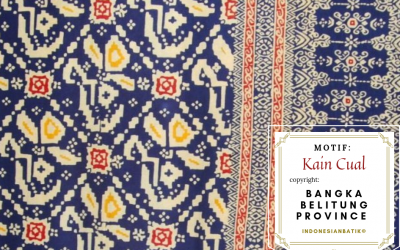Home / Indonesian Batik – Motifs Classifications – Batik of Royal Palace / Parang Seling
Parang Seling
Meanings:
Parang Seling or “alternating daggers” is a royal batik motif. It is a feminine variant of the classic “parang” or “dagger” motif interspersed with flowers. The alternation of these two divergent motifs remind princesses that they are expected to be gentle, subtle, harmonious in their daily behaviour, but also firm and unwavering in their beliefs and principles.
Note: All contents and batik images are protected by Indonesian cultural property law. This documentation is intended for educational purposes and to facilitate the preservation of Batik UNESCO’s intangible cultural heritage 2009. Any use of published materials is allowed only with reference to this website as the original source of publication.
How to preserve Batik
Philosophical Meanings of Batik
Learn and identify the meaning of the motifs from each region. Are you searching for a meaningful gift for your loved ones? Surprise them with a merry little Batik!
Authentic Batik
Buy the authentic handwritten Batik textiles to add to your prestigious collection. Such support will enhance the well-being of Batik artisans and preserve the living heritage.
Batik Community
If you want to meet the Batik artisans, we encourage you to visit and support Batik workshops in Indonesia. You may discover the local tourism that suits your preference!
UNESCO Intangible Cultural Heritage of Humanity in 2009
Batik Production Process in Central Java
Batik production can take 1 month up to 2 years of working time depending on the purposes of the textile creation and the colour complexity. The Batik handwriting textile is generally made with 8 design steps, ranging from wax patterning to colouring process. The artists use Canting, as a tool to put hot melted wax on the cloth.
Batik Regions
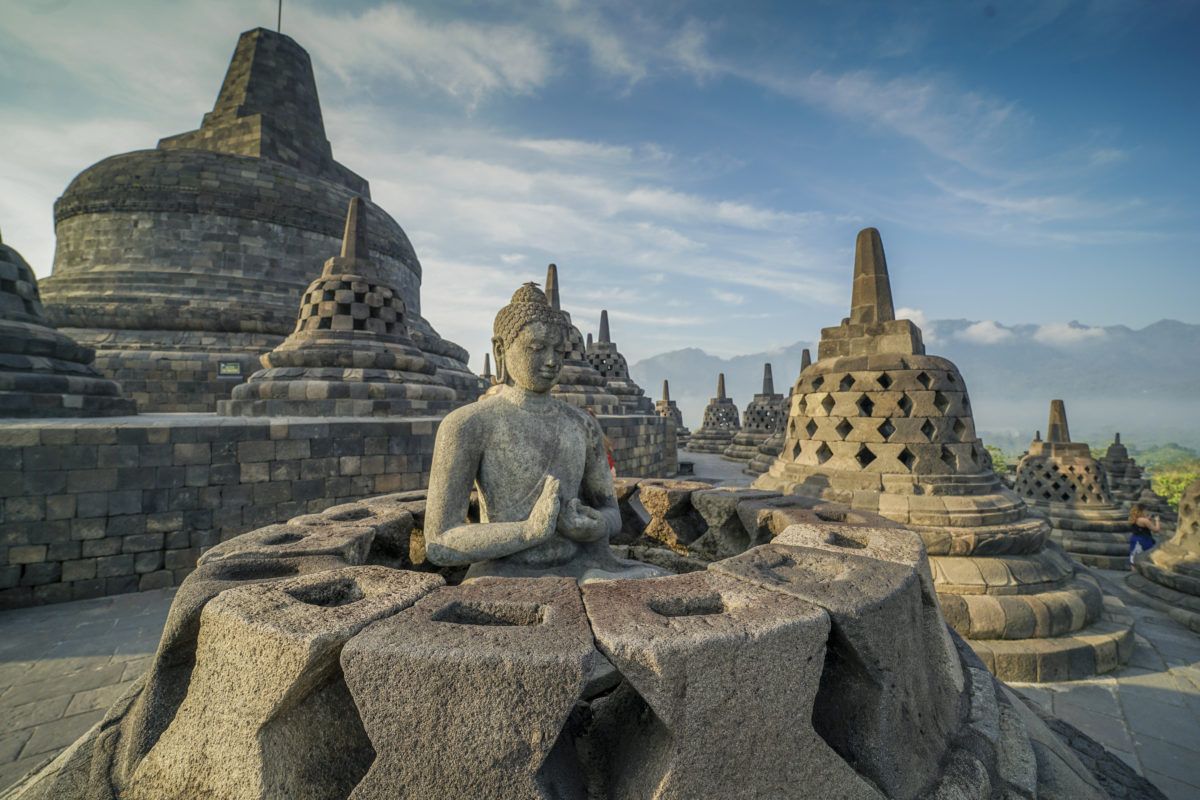
Overview of Central Java Province
Central Java is famous for Borobudur Temple Complex which was inscribed as UNESCO World Heritage Site in 1991. Central Java is also known as the birthplace of The Wayang Shadow Theater and Keris, which have been inscribed as a UNESCO Intangible Cultural Heritage of Humanity in 2008. This region was also regarded as the center of powerful maritime kingdoms in Southeast Asian regions, such as Mataram and Demak during the 9th-16th Century.
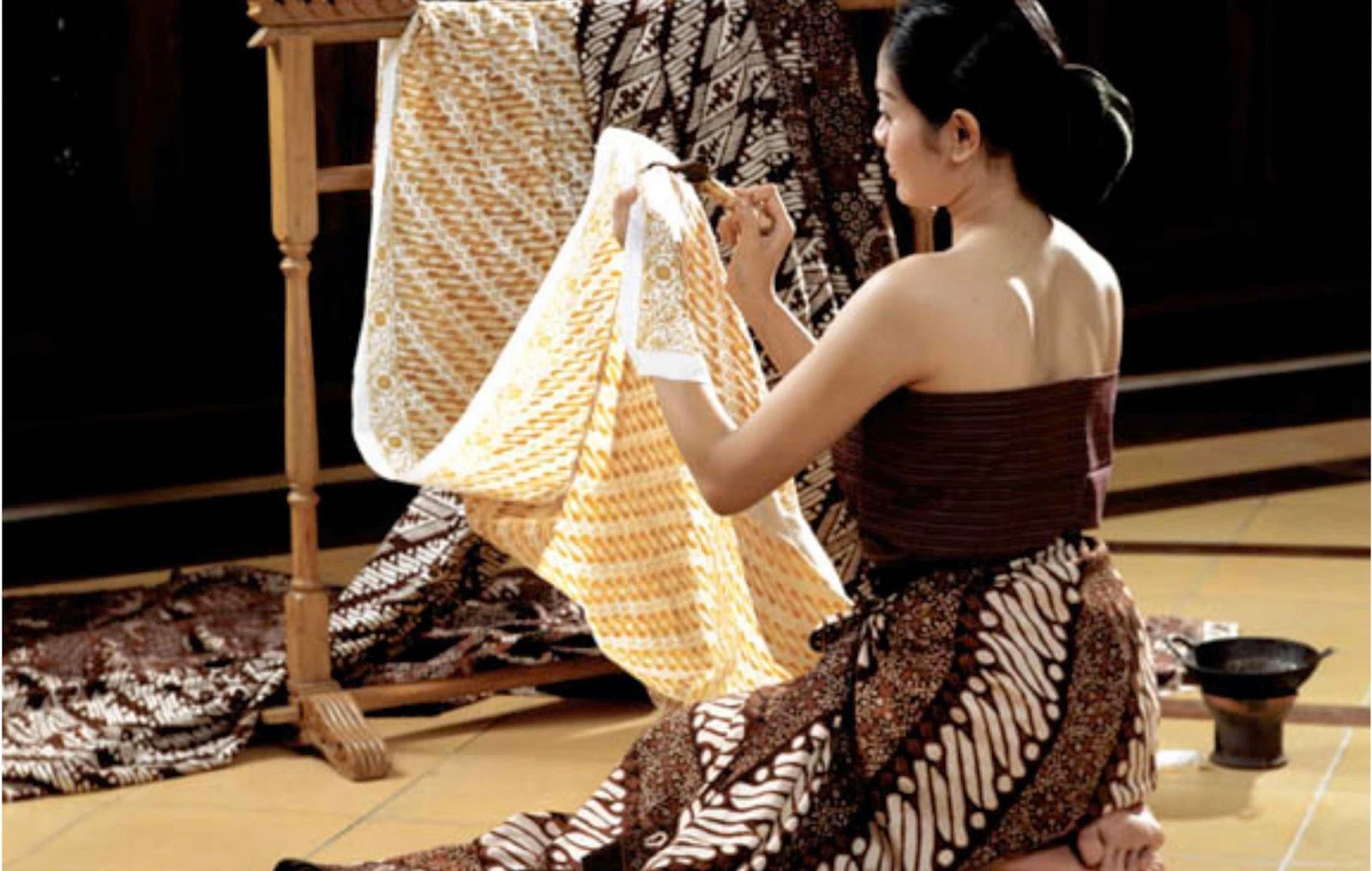
Batik Villages in Central Java Province
Batik villages are the region where the Batik producers mostly reside and open their Batik workshops, as well as display their Batik products. You could buy the Batik textiles from the artisans and participate in the making process of Batik on the site.
Other Royal Motifs
Singayaksa
The Singayaksa motif comes from the name of a place where Sultan Hasanuddin prayed for God to
Srimanganti
The name of the Srimanganti motif is derived from the Palace’s hallway that connects to the gate, where
Kain Cual
Cual textile tradition has existed since the 17th century. The word


